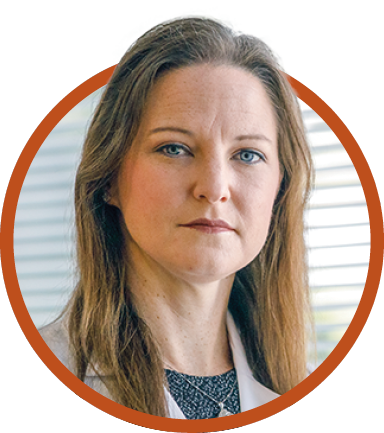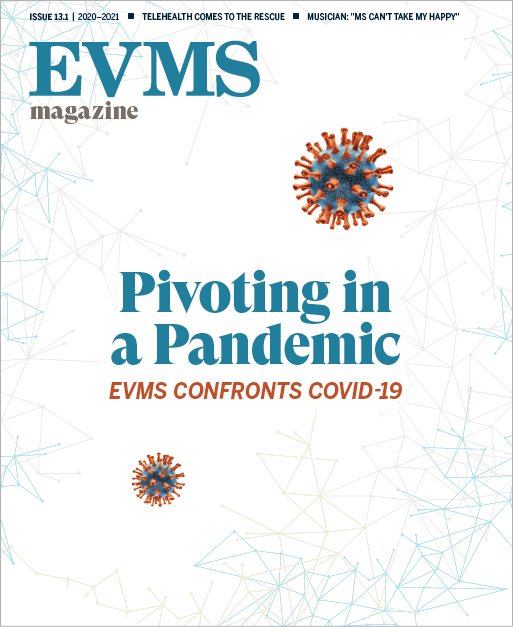
As a geriatrician and palliative medicine physician, I do my best to help vulnerable patients and their loved ones navigate uncertainty. It’s what I know, and it gives meaning to my work in medicine both in the hospital and in the skilled and long-term care facilities.
But doing this well requires a team — more importantly, the patient’s team, which includes loved ones and caregivers, to ensure a truly person-centered connection and plan.
During the COVID-19 pandemic, physical distancing and visiting restrictions have had heartbreaking consequences, especially for our nursing home residents. Despite being surrounded by staff and residents they may have known for years, older adults are missing a vital part of their care team: their loved ones.
Loved ones who may not have seen the patient for weeks or months due to visitor restrictions are now frequently being asked to make critical care decisions on the patient’s behalf. Patients — some never seriously ill before — now find themselves critically ill or with new or worsening medical problems. And they face these issues alone in the hospital without their loved ones.
At times, the grief, guilt and even despair of patients, loved ones and other members of the team weigh heavily, especially when caring for those who are at or near end-of-life.
Through this crisis, several truths have become abundantly clear. Every day, I am grateful to experience the power of genuine, vulnerable human connection and to extend grace to one another. Many days, especially in the nursing home, I find that listening deeply and intentionally to amplify the voices of those in my care — above the chaos of the system in which they are entangled — is the intervention that is most therapeutic.
At times, the grief, guilt and even despair of patients, loved ones and other members of the team weigh heavily, especially when caring for those who are at or near end-of-life.
Lauren Mazzurco, DO
In both the hospital and in the nursing home, our teams have intentionally worked to ensure that patient preferences and wishes for care are documented through advance care planning, a process that is truly person-centered. A phone call to loved ones with an update and to bear witness to the fear, worry and hope invites the opportunity to talk honestly about the uncertainty that may come. It also allows us to review patient preferences in the event that medical decisions need to be made.
Buying time until they can be physically together again, routine communication has helped bridge the chasm that separates patients and their most valuable team members. A number of patients and families have expressed sincere gratitude for including them in these discussions. But I am the one humbled by their trust to help them navigate their journey through this crisis.

Lauren Mazzurco, DO, is the Rosemary Fenton and Garnett Jordan Professor in Geriatrics, Associate Professor of Internal Medicine and a geriatrician in the EVMS Glennan Center for Geriatrics and Gerontology.












